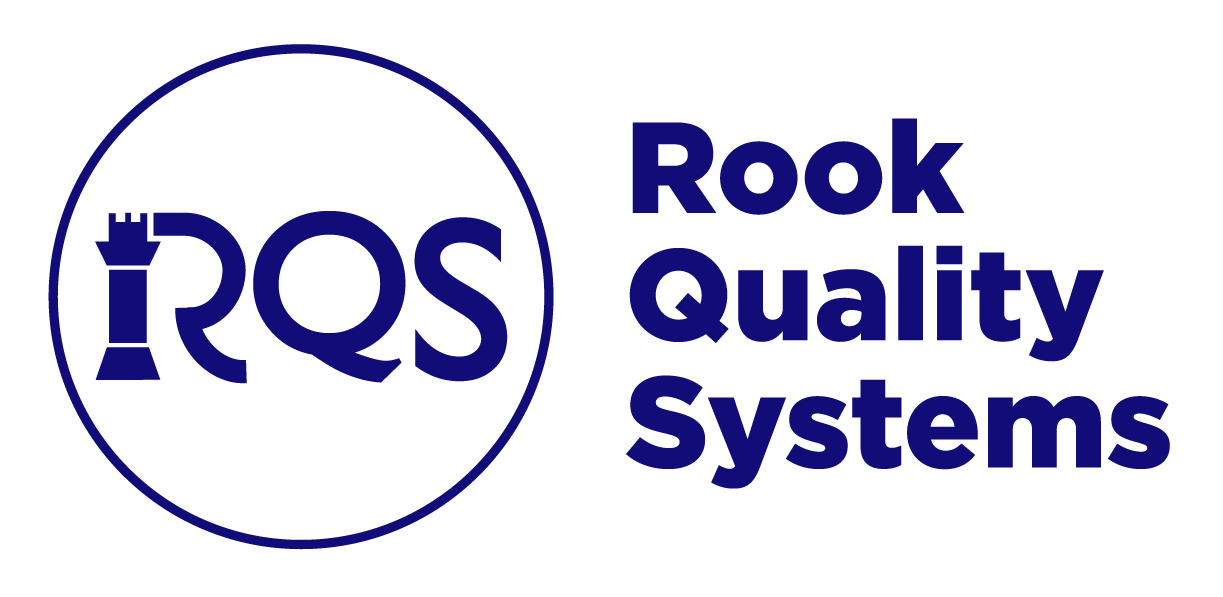Advancing Innovation in Sterilization Processes: FDA’s Recognition of New Standards
In a pivotal move to support the ongoing innovation in sterilization processes, the U.S. Food and Drug Administration (FDA) recently recognized three new international standards. These standards are crucial in advancing the safety and effectiveness of sterilization techniques used in healthcare products. The standards include:
- ISO 11737-3:2023: Sterilization of health care products – Microbiological methods – Part 3: Bacterial Endotoxin Testing
- ISO 11140-1:2014: Sterilization of health care products – Chemical indicators – Part 1: General requirements
- ISO 13004:2022: Sterilization of health care products – Radiation – Substantiation of selected sterilization dose: Method VDmaxSD
Let’s explore each of these standards and their role in fostering innovation.
ISO 11737-3:2023 – Bacterial Endotoxin Testing
This standard provides guidance on testing bacterial endotoxins in healthcare products. Endotoxins are toxins produced by bacteria that can lead to severe inflammatory responses if introduced into the human body. Effective sterilization processes must eliminate these endotoxins to ensure patient safety.
With the FDA recognizing ISO 11737-3:2023, manufacturers now have a unified, internationally accepted approach to endotoxin testing. This recognition encourages the development of new microbiological testing methods that can more accurately detect harmful contaminants. It also drives innovation by pushing for more efficient testing technologies that ensure safety without compromising speed to market.
ISO 11140-1:2014 – Chemical Indicators Testing
ISO 11140-1:2014 outlines the general requirements for chemical indicators used in sterilization processes. These indicators play a critical role in verifying that products have been exposed to the appropriate sterilization conditions, such as time, temperature, and radiation dose.
This standard’s recognition by the FDA ensures that manufacturers have a consistent benchmark for testing the effectiveness of chemical indicators across various sterilization methods. This can lead to the creation of more sophisticated, accurate chemical indicators, improving the reliability of sterilization validation. As the healthcare industry moves toward more complex products, including advanced medical devices, having robust sterilization indicators is paramount to patient safety.
ISO 13004:2022 – Radiation Sterilization: Method VDmaxSD
Radiation sterilization is a commonly used method for healthcare products, especially single-use devices. ISO 13004:2022 introduces Method VDmaxSD, which provides guidelines for substantiating the sterilization dose based on a product’s bioburden levels (the number of microorganisms present). This method allows for flexibility in determining appropriate radiation doses, ensuring effective sterilization without overexposure, which can degrade product quality.
The FDA’s recognition of this standard opens the door for more flexible radiation sterilization protocols, enabling manufacturers to optimize sterilization processes for different product types. This flexibility can significantly enhance the innovation of new materials and devices that are sensitive to standard radiation doses, allowing for both effectiveness and product integrity.
Impact of FDA Recognition on Sterilization Innovation
By adopting these additional standards, the FDA is promoting a global alignment in sterilization practices, which is essential for companies that operate internationally. This recognition reduces the burden on manufacturers to comply with multiple, sometimes conflicting, regulatory frameworks.
Moreover, these standards encourage the development of next-generation sterilization technologies. Whether it’s faster, more accurate endotoxin testing, improved chemical indicators, or more flexible radiation dosing, these advancements are crucial for the safety of patients and the effectiveness of sterilization processes. This regulatory support will drive innovation in the design and sterilization of new medical devices, ensuring that they meet the highest standards of safety and performance.
At a time when healthcare technology is rapidly evolving, the FDA’s recognition of ISO 11737-3:2023, ISO 11140-1:2014, and ISO 13004:2022 is a critical step forward, paving the way for innovation in sterilization processes and the continued safety of healthcare products.
Look To Rook!
Rook Quality Systems is here to help your company navigate these new FDA-recognized sterilization standards. Our team of regulatory and quality experts can assist with ensuring compliance to ISO 11737-3:2023, ISO 11140-1:2014, and ISO 13004:2022 by providing guidance on validation processes, regulatory submissions, and product testing. Whether you need support with microbiological testing, chemical indicators, or optimizing radiation sterilization protocols, Rook’s comprehensive services can help streamline your product’s path to market while maintaining the highest safety and quality standards.
